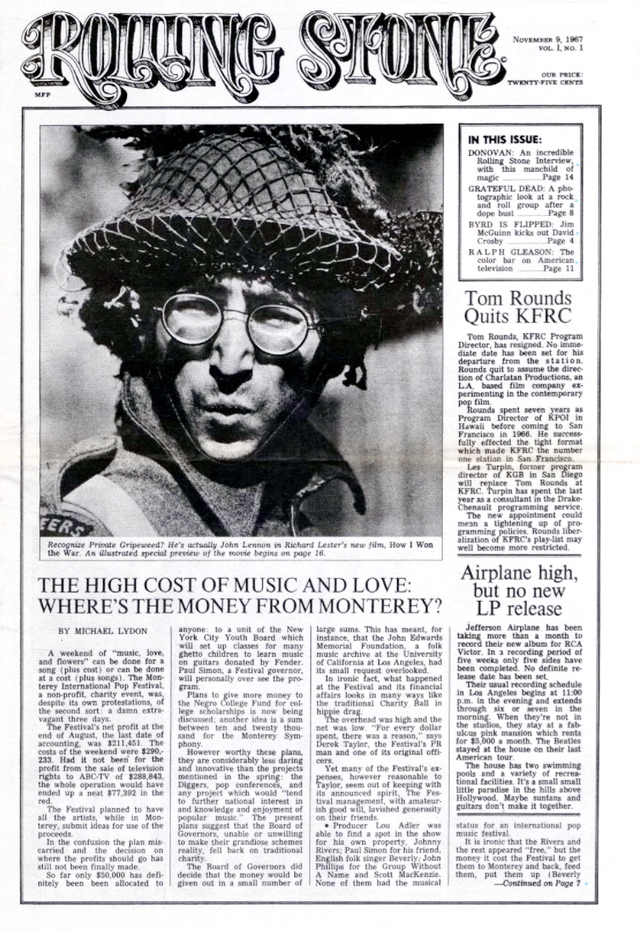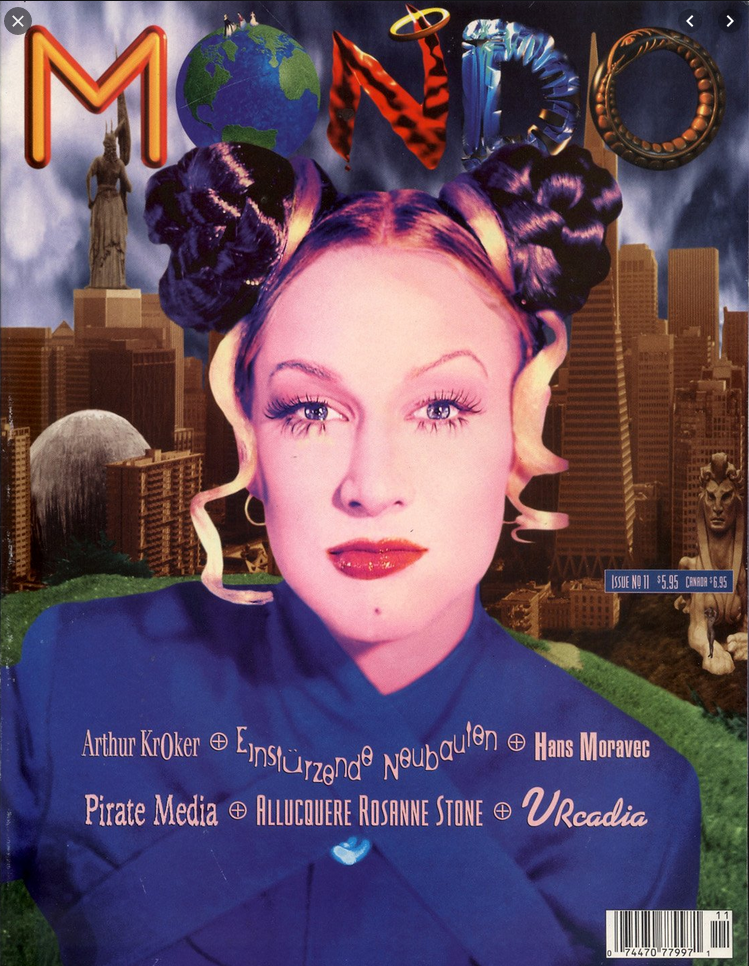
I was sitting down when I felt a curious sensation in my hands which reminded me of something I had had in my hands once but at first I wasn’t sure what it was then I realised it was a magazine. I have not held a magazine for several years if you discount the ones at the weekend in the papers.
My hands, however, remembered what magazines felt like. I wanted to hold one again. Particularly one with Perfect Binding. In the image above all the magazines have perfect binding apart from the fifth one down, which is saddle stitch.
The ones at the weekend are saddle stitch. I don’t dislike them at all. They can be good for content but the paper upon which they are printed has no sensuous appeal and there’s a dispiriting excess of articles on restaurants and holidays you can’t afford and people who have unique clothes. The magazines that my hands miss will also contain three or four long pieces of writing maybe and if there are three then you’ll buy it. They’ll still have far too much about things you can’t afford but no one is forcing you to read these dumb items. I’m not talking about perfectly bound magazines that specialise in golf or cars or male adventure or food. There’s a limit to how far binding can take you.
You may be thinking But what was in these magazines then, what were they about? Which is perfectly fair. The answer is: Oh, all manner of things.

I bought the first Rolling Stone in 1967, the Summer of Love, and then the rest. I kept them in bin liners in a cellar. I’d rather not say what happened to them. I did not sell them. They were not stolen. I did not lose them. I wish I still had them.
I did have a huge collection of American underground newspapers, mind you. Village Voice, East Village Other, Avatar, Berkeley Barb, Los Angeles Free Press, Oracle, The Realist. Then I moved from one house to another. When I got to the new place, the papers had gone. I’ve never seen them since.
The thing about Rolling Stone (1967 and on) was they introduced longform New Journalism. Terrific, lively features on American politics, elections, riots, Hippies and Yippies and Panthers. Musicians and their appetites. Woodstock, Altamont. Hunter S Thompson, Tom Wolfe, Lester Bangs, Joe Eszterhas.
I don’t want to write about that. It was very exciting. But it’s been thoroughly well written about. I want to write about what my hands felt. Your hands can’t read, obviously, but for many years they complemented and facilitated a marvellous opening of the world.
Rolling Stone was a magazine in newspaper format but it stoked an appetite for a journalism that was closer to how you lived. It contained, of course, many slightly too fascinated articles about the lives of rich performers but it was critically acute and not really a music paper. I can’t remember if it was full-on saddle stitch i.e. with staples. Not in the early days, I think. It moved to saddle stitch at some point then, in 2008, to perfect bound.
The Face (1980-2004) had perfect binding. With layout, graphics and typography that introduced the first significant visual state change since art director Michael Rand’s groundbreaking work on the Sunday Times Magazine in 1962 – the first ‘colour supplement’. In terms of heft (perfect is usually introduced at around 90 pages) and gravitas (perfect benefits from its association with iconic mags like Vogue, Vanity Fair and National Geographic) The Face’s articulation of popular culture was subtly buttressed by its binding.
In the early 90s I was writing for GQ and had the pleasure of caressing a succession of issues in which my own longform features featured. I wrote a number of pieces about the rise of the internet and various emergent art-meets-technology developments. I went to Nevada to look into this UFO thing. When the unsoftly spoken, larger than life GQ Editor Michael VerMeulen died far too young in 1995, the glossiest perfect of them all, the cyberculture mag Mondo 2000, had been up and running for six years. Mondo, unlike GQ, had little time for food and cars and grooming. Its pages were heavy and coated and given its ardent advocacy of virtual reality, its gorgeousness could be mistaken for a key requisite of a pharaonic afterlife.

They felt nice, those Mondos. They smelt nice. Then they vanished, usurped by the new realities they had championed.
I love the internet but it plays havoc with your attentional skills, precisely at the point where you think you’ve acquired a serene 21st Century multitasking encyclopaedic fluidity.

